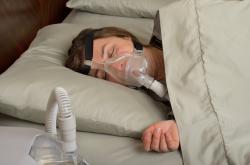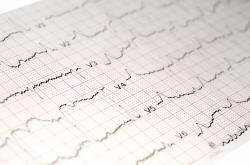Narcolepsy
What is narcolepsy, how is this condition diagnosed and how can it be treated?
What is narcolepsy?
Narcolepsy is a sleep disorder which causes excessive drowsiness during the day. It can be an extremely debilitating condition. It’s estimated to affect one in a thousand people in the population. Some studies suggest that narcolepsy is fairly common in chronic fatigue syndrome (CFS) and fibromyalgia. Treating narcolepsy will tend to improve CFS and fibromyalgia.
In about 30% of patients with narcolepsy, catalepsy is also present, which is a sudden muscular weakness. The head and mouth may sag and droop, but this will only last for a few seconds or minutes. Sometimes the person may even collapse onto the floor. Despite the fact that they have no control over their muscles, they are fully conscious and can see and hear everything. They may not be able to speak. Catalepsy can be triggered by strong emotions, such as anger or happiness.
Another aspect of the disorder is sleep paralysis, which manifests as an inability to move any muscle when falling asleep or waking. It can be very frightening, but it is not dangerous.
How can you diagnose narcolepsy?
The diagnosis for narcolepsy can be made with multiple sleep latency testing (MSLT) done in combination with sleep apnea testing. A person with narcolepsy usually falls asleep within five minutes if placed in a peaceful environment. If REM (Rapid Eye Movement) Sleep (the deepest form of sleep) occurs in two or more of four or five naps, then the diagnosis of narcolepsy is confirmed.
What are the treatments for narcolepsy?
There are various treatments for narcolepsy, including stimulants such as Adderall, Ritalin, or Dexedrine. These are amphetamines, which are used in the treatment of patients with hyperactivity. It may take time to establish exactly the right dose, as this is different from individual to individual. Once the correct dose has been found, it should not be raised. Bear in mind that the maximum dose is 10 to 30 milligrams of any of the above medications taken three times a day, up to a maximum of 60 milligrams a day.
A newer drug, modafanil (Provigil) has been found to have useful stimulant effect in both narcolepsy and CFS. This medication is not in the amphetamine class of drugs, so there are fewer legal restrictions about its administration. It is also unlikely to cause addiction. The optimum dose is 200 to 600 milligrams a day. However, as it’s a newer medication, the long-term risks of Provigil may not have been discovered.
Prozac can also help with both narcolepsy and catalepsy. The recommended dosage is between 20 and 60 milligrams a day.
To sum up
Untreated narcolepsy is a challenging condition which erodes quality of life. Getting a diagnosis and the correct treatment can be life-changing and bring about real improvement. This is especially important if you also have CFS or fibromyalgia. Make sure that you also practice good sleep habits.







.jpg)







Leave a comment